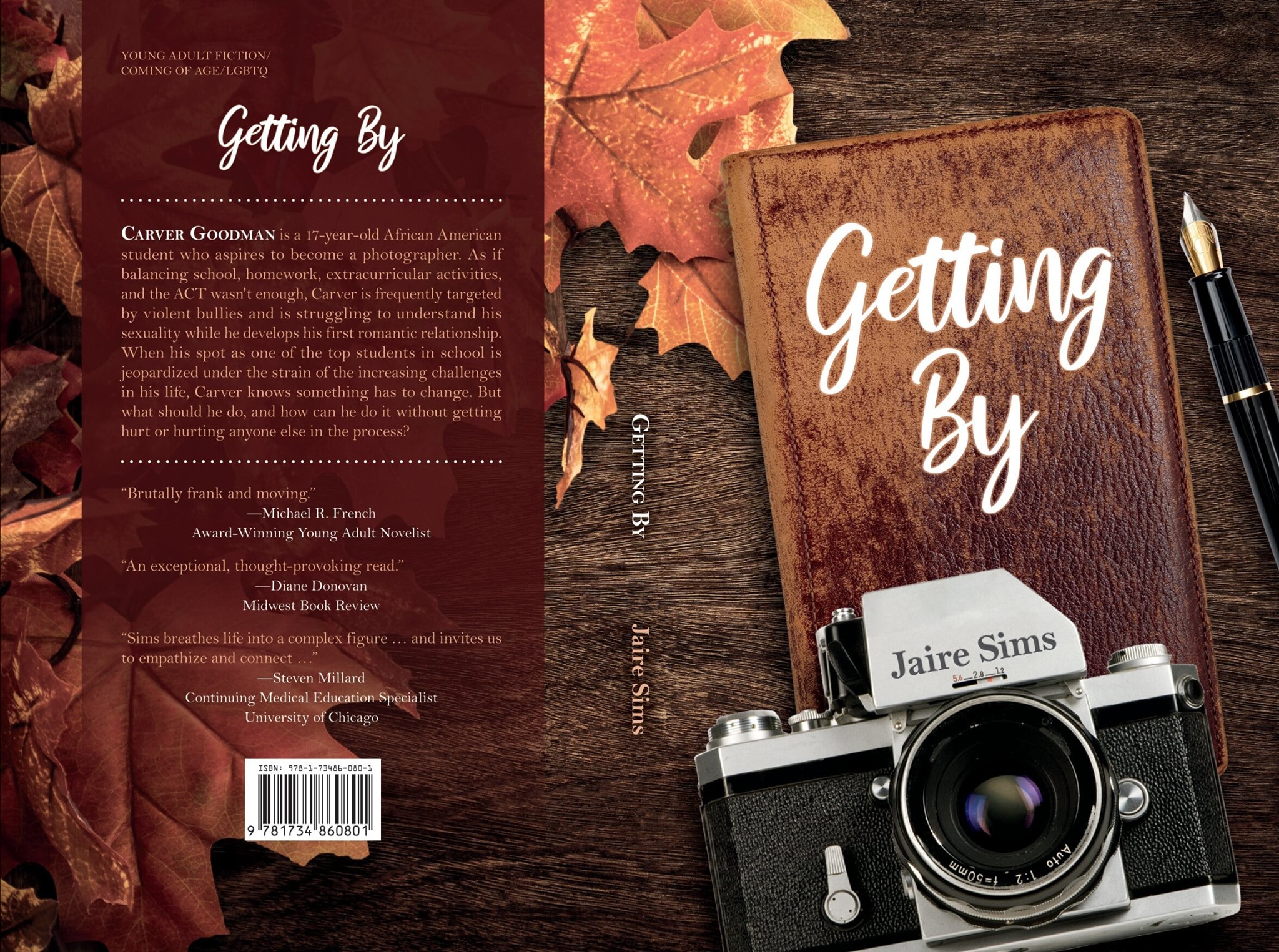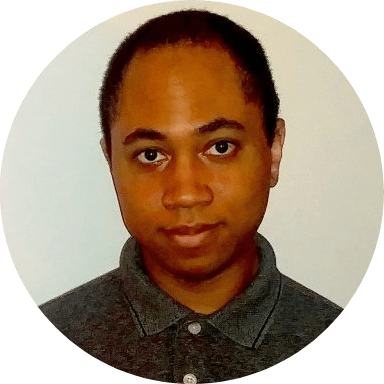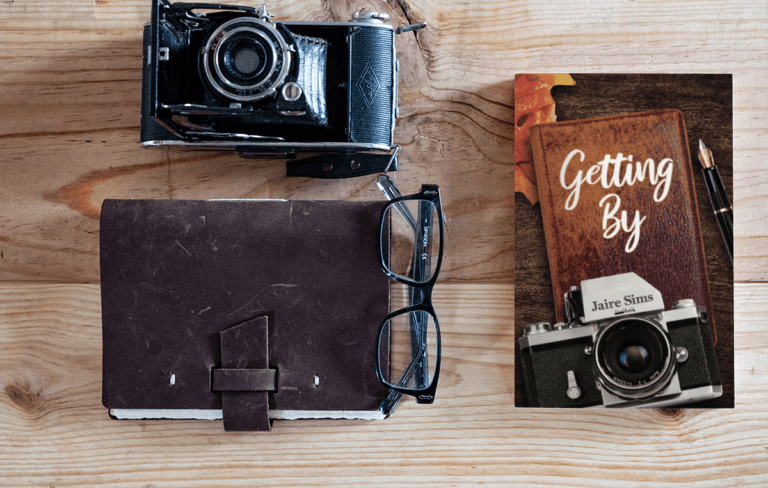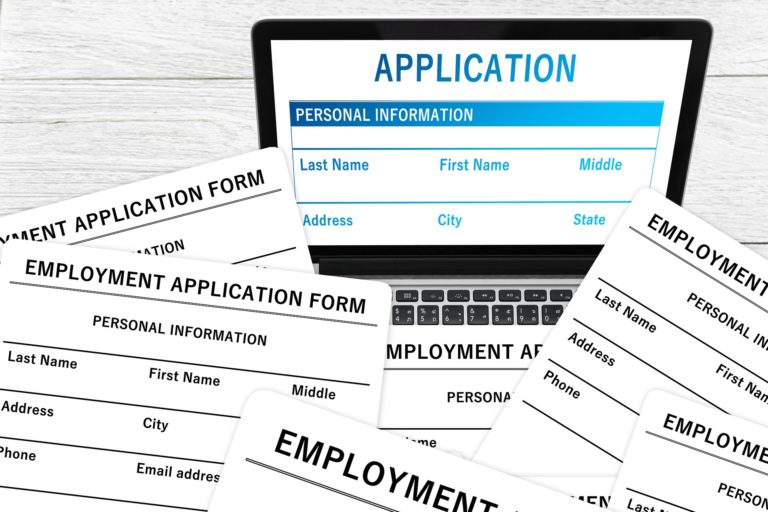How I Wrote My First Novel “Getting By” Part 1: How It Started
Before I wrote Getting By, my only experience with writing fiction stories was in elementary school. Back then, I had a yearly assignment where students had to write short fiction stories for class. From third to eighth grade, I wrote six short fiction stories and provided illustrations with my drawings.
Students had the opportunity to earn awards for their writing, and while I don’t recall getting a reward for my writing skills, I did win “Best Illustrator” multiple times with my work. These days, I seldom draw anything. But back then, my drawing abilities came in handy when writing short stories for school.
Interestingly, writing short fiction stories in elementary school never inspired me to write my own book. It wasn’t until high school that I had the motivation to write and publish my work.

When I was a sophomore in high school, my English teacher had students read books during a set period in class. There were books for students to read, and one book I found was a YA novel titled You Don’t Know Me by David Klass.
As I’ve shared before, the title grabbed my attention, so I gave it a chance and ended up really liking the story. So much so that I felt inspired to write a novel of my own (which, as you know, I eventually did.)
Multiple teachers spurred me along, telling me I had excellent writing skills. Even though it was my academic writing, for which they praised me, I thought I was capable enough to try writing fiction.
What’s interesting about my writing a fiction book is that I was not an avid reader of fiction stories before reading David Klass’s novel. Throughout my childhood, I didn’t enjoy reading fiction books, preferring to read non-fiction books about meteorology because I wanted to be a meteorologist then.
It was Klass’s novel that motivated me to seek out more fiction books without school requiring it. To this day, my favorite books are His Dark Materials, a trilogy by Phillip Pullman.
I didn’t know much about writing a fiction story. But thankfully, through reading the various fiction books required in school, I understood the core elements of a good story. When deciding to write my debut novel, I looked through some of the novels I had read to analyze them and further understand the structure of fiction storytelling.
I don’t feel you need to be a good reader to be a great fiction writer. But to be a great fiction writer, you need to read fiction books.
I knew I wanted to write a Young Adult story from the beginning. At the time, I was within the target age range for that genre, so I thought I would be the perfect individual to tell a fiction story for YA readers.
Thankfully, because I wanted to write YA, it gave me some guidance on plot ideas I could work with. To start, the target audience for YA is typically 12-18-year-olds, and people in that age group usually spend most of their time in school, so I wanted my plot to focus primarily on my main character’s high school experience.
Streamline Your Process
The Tool Every Writer Needs
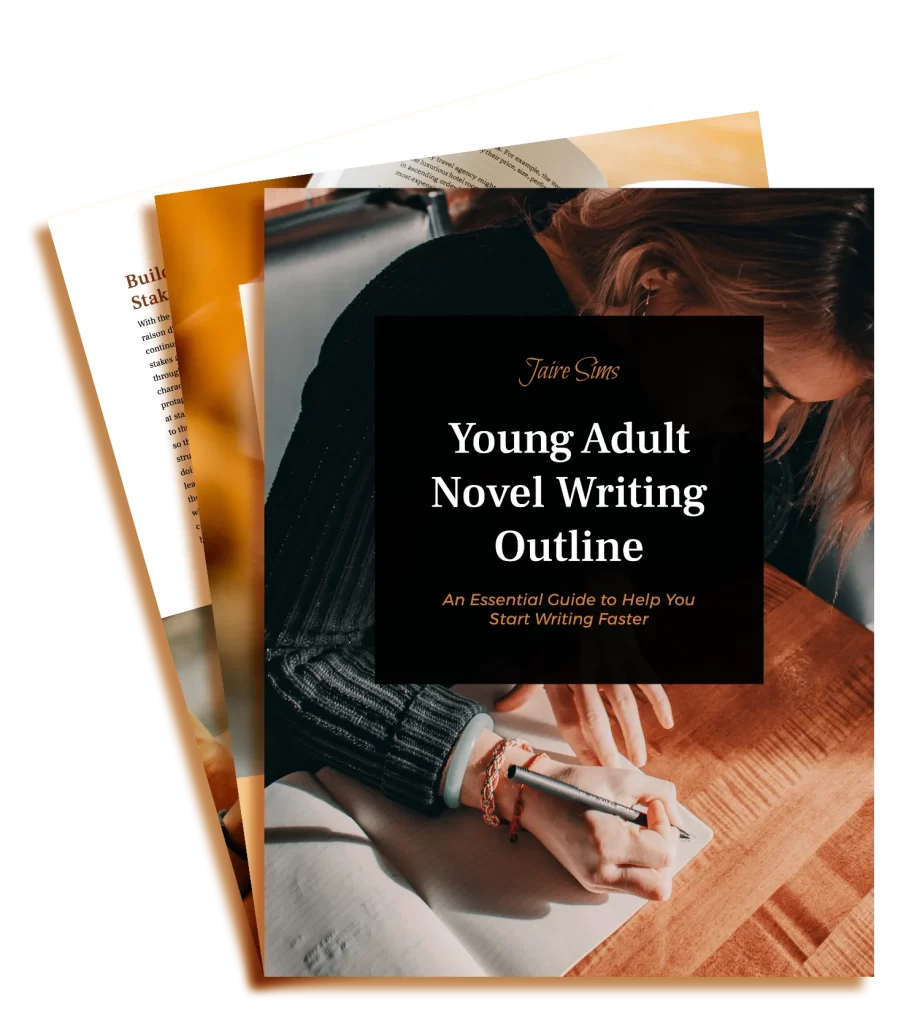
In addition, some common themes found in YA stories include self-discovery, coming of age, first love, and relationships, giving me possible material to explore for my first novel.
What worked best was to start writing what I knew first before using my imagination to take the plot and storyline further. As a result, I based some of my protagonist’s high school experience and teenage life on my own.
The goal was not to tell an autobiographical story but a fiction story with specific plots and events inspired or based on my real-life experiences from my teens and early twenties. It helped me decide on important elements, such as setting, locations, and characters.
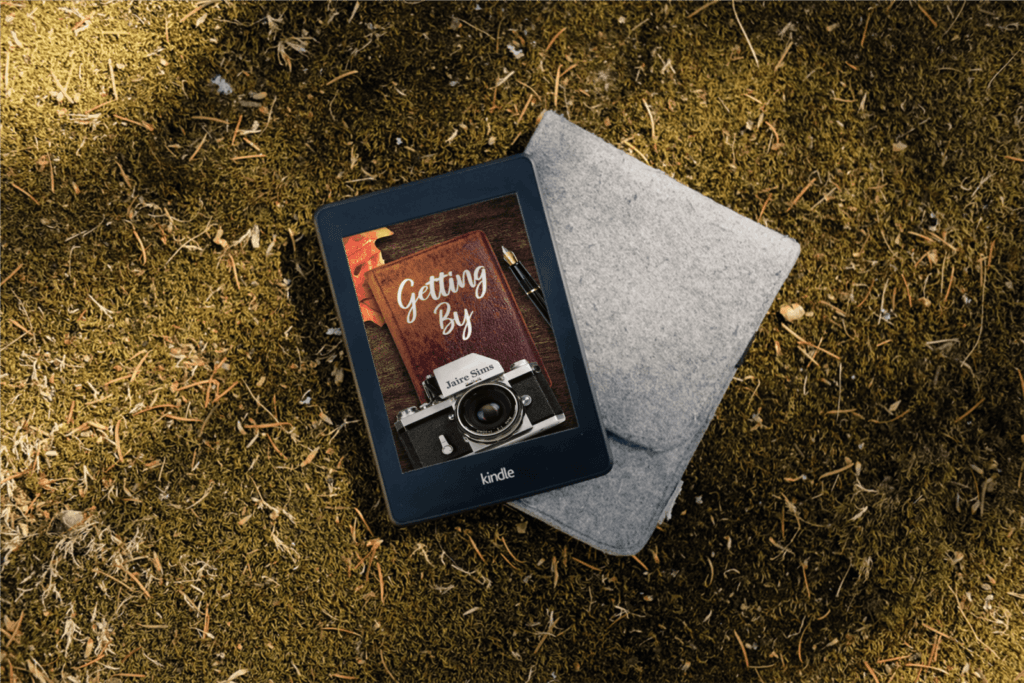
For instance, I was a junior in high school when I began writing my book, so I wanted my lead character to be a 17-year-old African-American high school student. The fictional high school he attends, Auburn High, is based on the high school I attended in Auburn Gresham, a Chicago neighborhood. Because my high school was an all-black school, I had my lead character interact with mostly black characters. I was born and raised in the southwest side of Chicago, so I wanted my story’s primary setting to be in inner-city Chicago, with my main character visiting prominent locations in the city.
I began writing Getting By two weeks after I turned 17, using Microsoft Word as my primary writing tool for my story. I didn’t prepare an outline or notes beforehand. I am more of a pantser (someone that doesn’t use an outline) than a plotter, so I simply started to write whatever came to mind from the beginning of my story.
I wanted my novel to start at the beginning of Carver’s (my protagonist’s) junior year of high school. My hook for the first page is his vivid description of a park in its autumn setting, which could help my readers get a sense of the main character with his observant behavior.
Initially, my lead character’s name was John Goodman, but while researching names for African American men, I changed it to reference the last name of inventor and scientist George Washington Carver. I like the name and thought it would be a solid first name for my lead.
So I ran with it, writing my novel in progression from beginning to end. When I felt short of plot ideas, I turned to other forms of media to find inspiration. These were books, TV shows, movies, and some research on Google to come up with new plot points. For instance, I took inspiration from a few books in The Bluford Series that I read in middle school. This series showed me how I could write a teen/young adult fiction book that focuses mainly on Black characters.
I would also look at other authors’ works to study their approach, such as when writing dialogue. It helped develop my craft as I worked, and I’m pretty happy with the outcome of Getting By.
I plan to share more of my process in the coming blogs, but if you have questions, please email me or reach out on social media.
